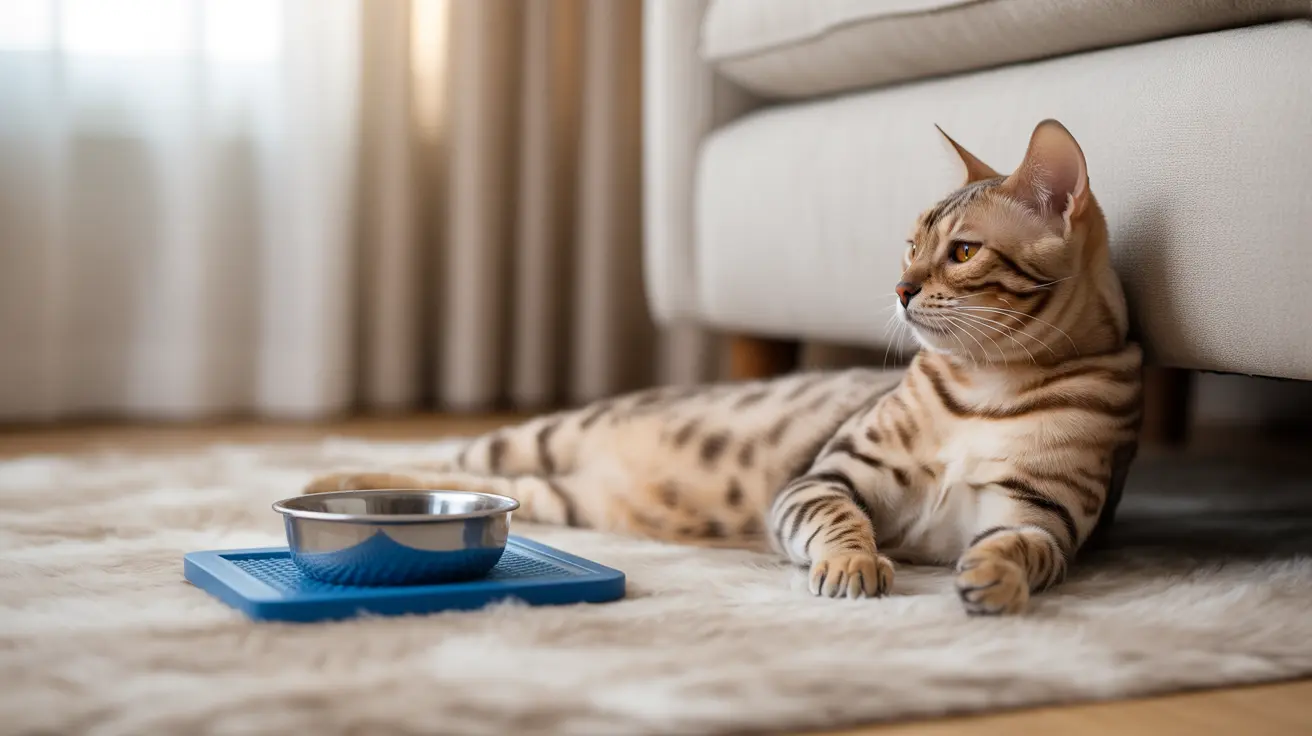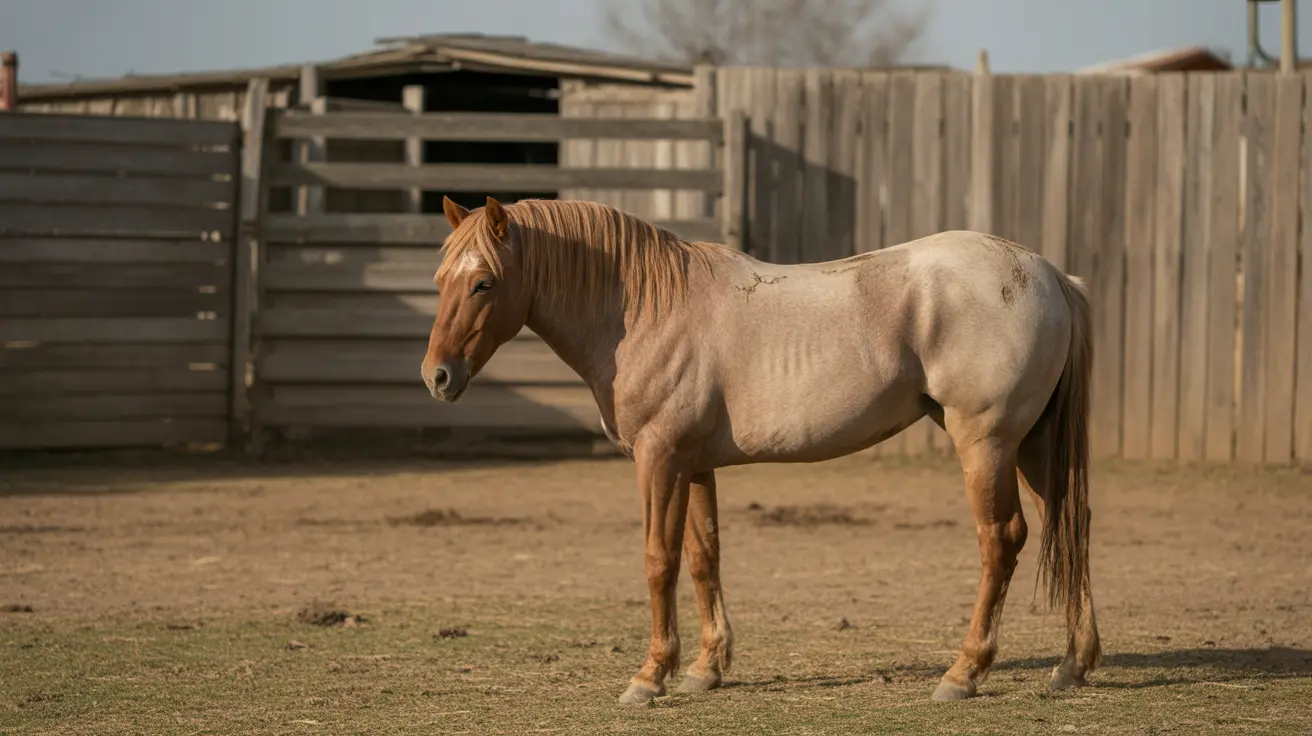What Causes Hyperthermia in Cats?
Hyperthermia in cats can develop through several mechanisms, with certain cats being more susceptible than others due to genetic factors. The most common triggers include:
- Exposure to anesthetic agents during surgery
- Certain medications, particularly muscle relaxants and opioids
- Environmental heat exposure
- Excessive physical exertion
- Stress or anxiety
Malignant hyperthermia, a specific and severe form of hyperthermia, is often triggered by exposure to certain anesthetic drugs. This genetic predisposition makes some cats extremely vulnerable during routine surgical procedures.
Recognizing the Warning Signs
Early detection of hyperthermia is crucial for successful treatment. Watch for these critical symptoms:
- Rapid breathing or panting
- Excessive drooling
- Bright red tongue and gums
- Vomiting or diarrhea
- Muscle tremors or rigidity
- Lethargy or collapse
- Body temperature above 103°F (39.4°C)
Emergency Treatment Protocols
When hyperthermia is suspected, immediate action is essential. The primary goals of treatment include:
- Cooling the body temperature gradually and safely
- Providing supportive care through IV fluids
- Administering specific medications when necessary
- Monitoring vital signs continuously
Veterinarians may use cooling blankets, alcohol on paw pads, or cool water baths to help reduce body temperature. In cases of malignant hyperthermia, specific medications like dantrolene may be necessary.
Prevention and Risk Management
Preventing hyperthermia is always preferable to treating it. Key preventive measures include:
- Informing your veterinarian about any family history of reaction to anesthesia
- Avoiding exercise during hot weather
- Providing adequate shade and water outdoors
- Maintaining a cool indoor environment
- Regular health check-ups to identify risk factors
Long-term Management and Monitoring
For cats with a history of hyperthermia or known genetic predisposition, ongoing management is crucial. This includes:
- Regular temperature monitoring during veterinary procedures
- Using alternative anesthetic protocols when necessary
- Maintaining detailed medical records
- Having an emergency plan in place
Frequently Asked Questions
What are the common causes and triggers of hyperthermia and malignant hyperthermia in cats?
Hyperthermia in cats is commonly triggered by anesthetic agents, certain medications, environmental heat, stress, and physical exertion. Malignant hyperthermia specifically is often triggered by certain anesthetic drugs and has a genetic component.
What symptoms should I watch for to recognize hyperthermia in my cat during or after anesthesia?
Key symptoms include rapid breathing, excessive panting, bright red gums, muscle rigidity, elevated heart rate, and body temperature above 103°F. Some cats may also show vomiting, weakness, or collapse.
How is malignant hyperthermia diagnosed in cats, especially in emergency situations?
Diagnosis is primarily based on clinical signs and history, especially during or after anesthesia. While specific genetic tests exist, they're not practical in emergency situations. The focus is on immediate recognition of symptoms and swift treatment.
What immediate treatment steps should be taken if a cat develops hyperthermia during or after surgery?
Immediate steps include stopping any triggering medications, actively cooling the cat, providing IV fluids, administering specific medications like dantrolene if available, and monitoring vital signs closely.
How can I prevent hyperthermia in my cat, especially if it has a history of adverse reactions to anesthesia?
Prevention includes informing veterinarians about any previous reactions, using alternative anesthetic protocols when necessary, avoiding hot environments, and maintaining regular veterinary check-ups to identify and manage risk factors.
Understanding hyperthermia in cats is crucial for every cat owner. By recognizing the signs early and taking prompt action, you can help ensure your cat receives the care they need when it matters most. Always consult with your veterinarian about any concerns regarding your cat's risk factors or symptoms of hyperthermia.






